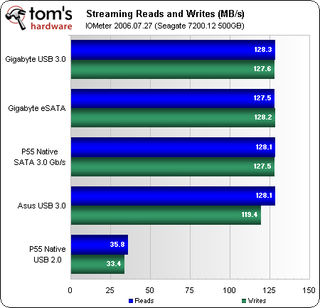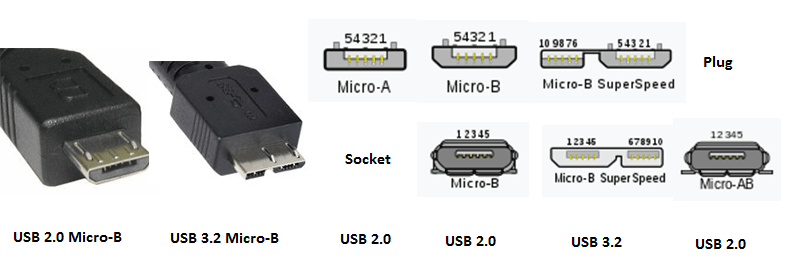

Visually, this connector looks almost square. USB-B is pretty much only used on large devices, like scanners or printers. USB-A is still widely used and can be found on devices like computers, gaming consoles, TVs, and all kinds of peripherals. These cables always have USB-A on one end with a different port type on the other, and can be used for device charging and data transfer. USB-A, or USB Type A, is the original flat and rectangular connector that no one could ever figure out how to plug in correctly the first time. The most common types are USB-A, Micro-USB, and USB-C, but we’ll briefly discuss all of them. There are multiple types of USB that have popped up over the years, each with a unique design and use case.

How to Know if You're Using a Safe USB Cable


 0 kommentar(er)
0 kommentar(er)
